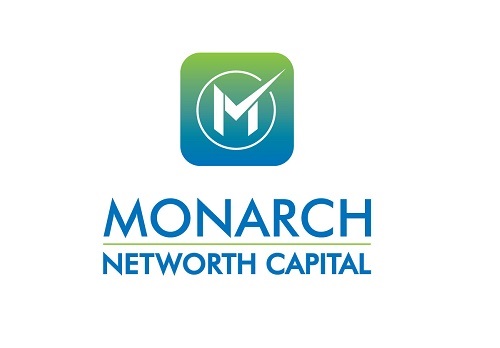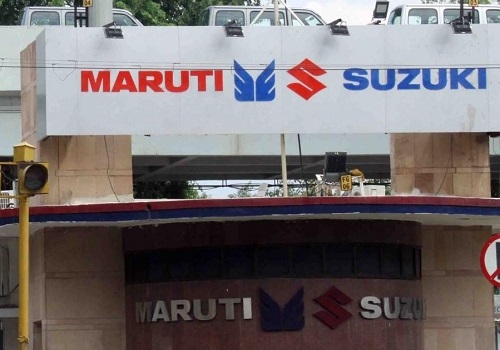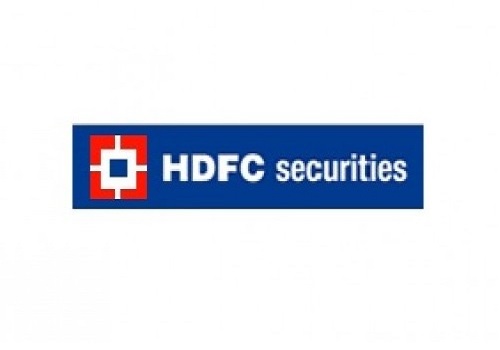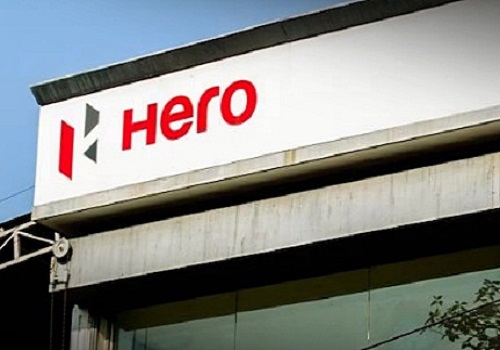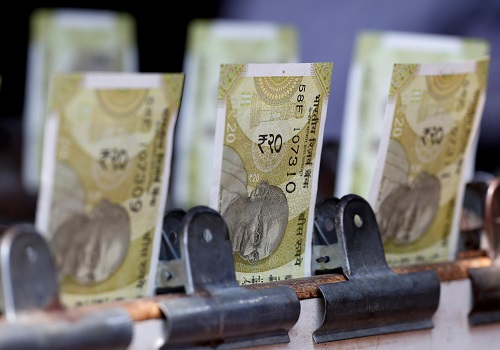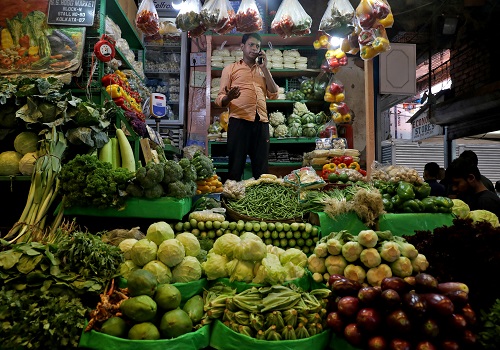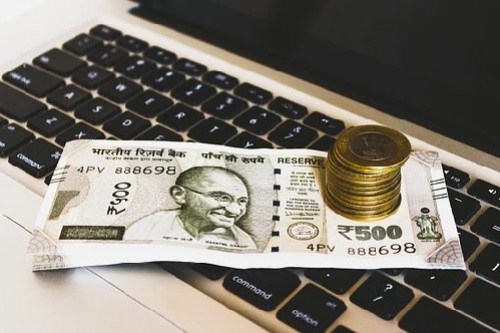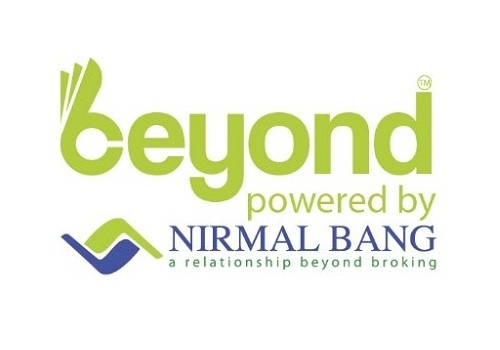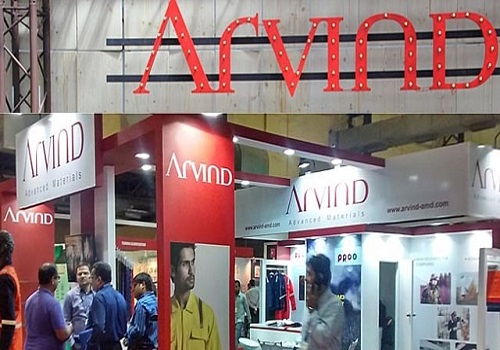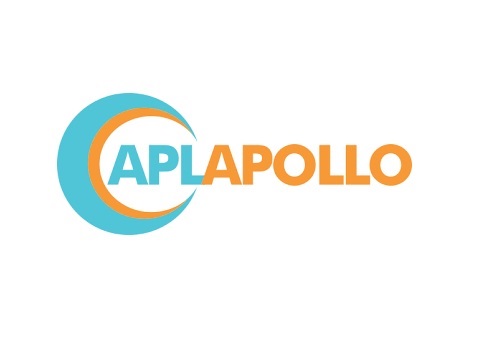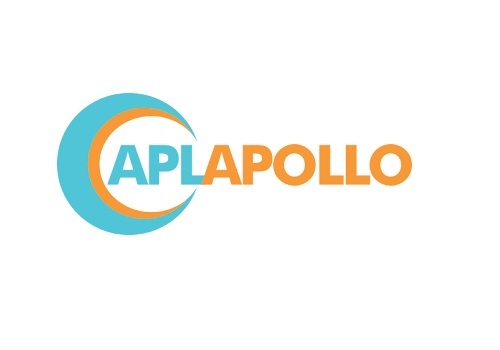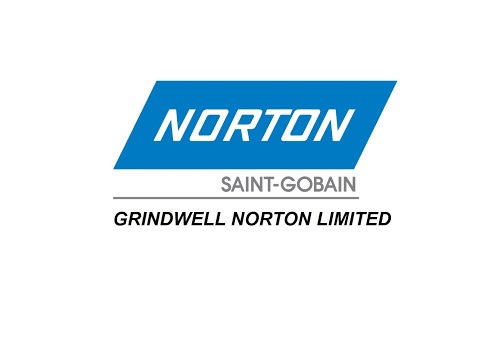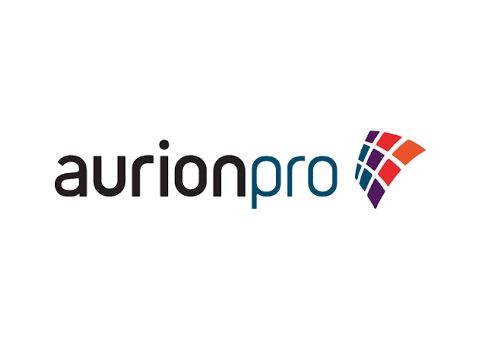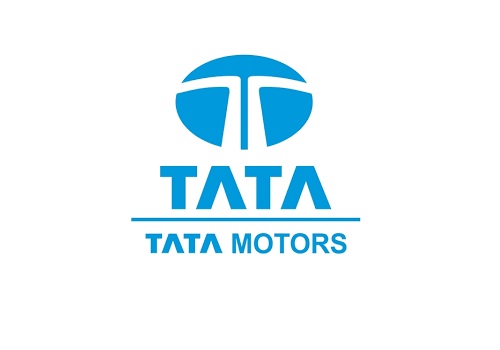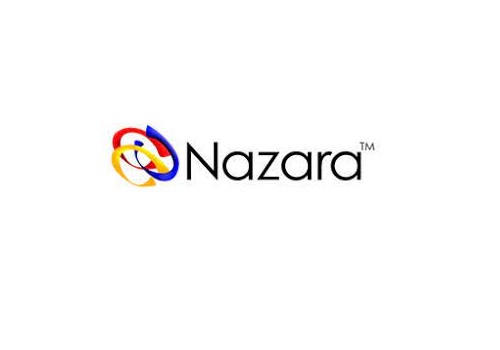Buy APL Apollo Tubes Ltd For Target Rs.1,035 - Motilal Oswal
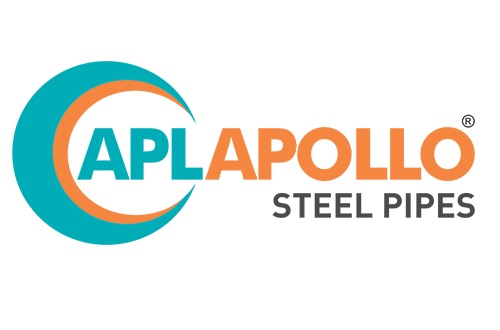
Follow us Now on Telegram ! Get daily 10 - 12 important updates on Business, Finance and Investment. Join our Telegram Channel
https://t.me/InvestmentGuruIndiacom
Download Telegram App before Joining the Channel
Growing applications, paving way for a growth phase
We analyzed the shifting trends in the Structural Tube industry, driven by growing consumption of steel tubes in Construction projects, coupled with growing acceptance and increasing applications of steel tubes. Key drivers of APAT’s performance include: a) growing usage of structural tubes as a replacement to RCC, b) first-mover advantage by installing DFT in India, and c) leadership position to help benefit from this shift.
Integration of structural tubes in Construction projects
* India is currently witnessing growing acceptance for structural tubes in Construction projects due to a multitude of benefits. Structural tubes offer: i) 40-50% less dead weight, ii) higher strength-to-weight ratio, iii) higher load carrying capacity, iv) faster completion time, v) higher carpet areas, etc. when compared to RCC structures.
* From an environmental point of view, structural steel tubes cause no air pollution, can be recycled, and the used steel has a good monetary value even after decades.
* The Structural Steel Tube market, as percentage of steel consumption, across the globe/Europe/North America stood at 9%/11%/7% as against 4% in India. Usage of structural steel tubes in Construction projects (in India) is currently pegged at just 10-15%. This is due to non-availability of large size tubes, limited size range, large MOQ (minimum order quantity), high lead time, and wastage.
* In the domestic market, overall cost per sq. ft. for an RCC structure is ~INR4,000, whereas for a steel tube structure it stands ~INR4,200. Completion time for construction of steel tube structures is significantly lower (completion time for a ‘G+8’ building takes 2-3 years for RCC structures, whereas for steel tube structures the duration is just 9-18 months), leading to lower interest cost, faster turnaround time, and higher cost saving.
* Global steel tube players have better realizations and higher revenue share from Building Material and Infrastructure (20-40%), leading to higher operating margin. APAT’s global counterparts have operating margin in the 14-19% range (refer Exhibit 4), as compared to APAT’s 8% (as on FY21).
* Going forward, we expect the application of structural steel tubes to increase significantly, with an increasing shift from RCC to structural tubes. The Structural Tube market in India is expected to increase to 22MMT from 4MMT over CY21-30E.
APAT to lead the space by pioneering DFT in India
* APAT was the first domestic player to introduce Direct Forming Technology (DFT) in India, an Italian technology used for tube manufacturing. With the introduction of DFT, APAT will be able to manufacture tubes tailor-made to client requirements, require less lead time, and be able to take small MOQs even for non-standard sizes. Tubes manufactured with cut-to-length (as per design) leads to lower wastages, thereby reducing overall cost.
* By using this technology, APAT reduced turnaround time due to reduced need of fabrication work and improved working capital cycle due to lesser inventory.
* The company is also able to manufacture large jumbo tubes, which is not possible under the conventional methods.
* As a testimony to increasing transition to structural tubes, the Delhi government recently announced construction of seven hospital building at different locations using 100% structural steel tubes (first of its kind), with APAT being the sole supplier. The entire project is expected to be completed in a record time of five months.
APAT best placed to benefit from a growing industry
* Globally, consumption of heavy structural tubes is higher (30-40% of overall steel tubes consumption), whereas for APAT the number is pegged ~6%. Going forward, with higher adoption of structural tubes in Real Estate and Infrastructure projects, share of structural tubes is expected to improve, leading to improvement in EBITDA/MT and operating margins for companies.
* India’s Structural Steel Tube industry is pegged at 4MMT, or ~4% of overall steel consumption as compared to the global average of 7%. As per the management, overall steel consumption in India is expected to clock 9% CAGR to 227MMT. With the growing acceptance of structural tubes, the consumption share (as a percentage of overall steel consumption) is expected to increase by 520bp to 10%, taking overall volumes of structural tubes to 22MMT (17% CAGR over CY19-30E).
* APAT currently dominates the domestic market with ~50% share. The cumulative market share of the next five domestic players stands at just 38%. It is best placed to benefit from the growing Structural Steel Tubes industry on the back of: i) industry leading market share, ii) first mover advantage (installation of DFT at plant locations), and iii) strong brand name.
* On the back of strong demand outlook and faster turnaround time (WC days at four in FY21), we expect APAT to record 18% CAGR growth over FY21-24E (to 2.7MMT).
Valuation and view
* We expect strong volume growth and improved profitability on the back of: a) increasing shift towards structural tubes (from RCC structures), b) a pan-India presence, coupled with diverse product offerings, c) behemoth market share, increasing the share of value-added products.
* Several cost-control measures, kicking-in of operating leverage, and growing share of VAP is expected to lead to improved margin and higher cash generation.
* We expect a revenue/EBITDA/PAT CAGR of 26%/26%/36% over FY21-24E. We value the stock at 35x Sep’23E EPS. Our TP of INR1,035. We maintain our Buy rating.
To Read Complete Report & Disclaimer Click Here
For More Motilal Oswal Securities Ltd Disclaimer http://www.motilaloswal.com/MOSLdisclaimer/disclaimer.html SEBI Registration number is INH000000412
Above views are of the author and not of the website kindly read disclaimer


